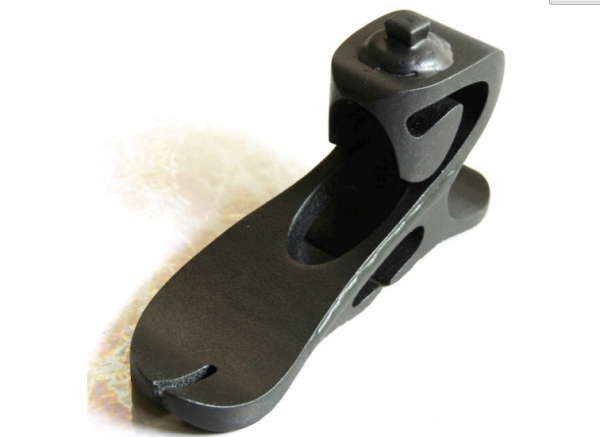Prosthetics have been used for thousands of years, as the first documented examples dating back to the Egypt of 1500 B.C prove. We have witnessed a constant improvement of prostheses in the following centuries, especially with the arrival of modern amputation techniques and innovative prosthesis models in the 16th century thanks to Ambroise Paré, the founding father of the modern surgery and precursor of the prosthetics design. Modern prostheses have made some considerable improvements both in terms of quality and capability with respect to the past, but there are still concerns about the access to orthotic and prosthetic material. This is true for communities living in poor areas as well as for developed countries that are experiencing recession or economic stagnation.
The creation of the first 3D printer, able to create three-dimensional objects, in 1984, was considered by some a turning point in the evolution of the artificial limb. It is safe to say that both medicine and prosthetics have been revolutionized by this invention, which is now increasingly available for the general public thanks to the spread of new portable and simple models characterized by open-source designs. A great interest in 3D prosthetics has been expressed by both developed countries and developing countries, since artificial limbs can be produced, modified and even adapted to the patient’s necessities even in a context with limited resources.
Despite the fact that it is proving to be an efficient solution to many problems faced by amputees, even 3D printing presents some problems that need to be addressed. They include its ecological side effects such as the production of considerable plastic waste, its high electrical consumption and the ongoing technical support needed to make products that are more comfortable and, most of all, healthier for the patients. For instance, many rural areas are characterized by a lack of technology and hardware, and for those living there, 3D printing is simply not sustainable yet.
To conclude, it should be stressed that in order to transform the use of 3D printing in prosthetics into a feasible and accessible solution for everyone, including those with limited resources or facing a crisis, issues such as the ones mentioned above need to be tackled. It is the only way to smash the structural and environmental barriers that are still in place.







